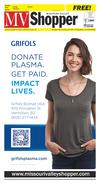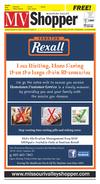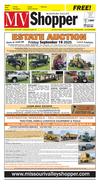040919_YKMV_A9.pdf






Spring Home
shop online at www.missourivalleyshopper.com
April 9, 2019 • Page 9
Improvement
& Car Care
Child Passenger Protocols To Follow
Parents and caregivers take various
measures to safeguard their children
around their homes. The same attention
to safety also extends to when families
leave the house. Rules in place concerning vehicular safety are designed to keep
kids safe on the road.
Car seats, boosters and seat belts
provide protection for infants and children when used correctly. The National
Highway Traffic Safety Administration
states that car crashes are a leading
cause of death for children ages 1 to 13.
The NHTSA’s General Estimates System
states that, in 2018, 394 children age 5 or
younger died in car crashes. However, in
that same year, 328 were saved by using
car seats.
The right car seat can save lives, but
parents, especially those expecting their
first child, can easily become overwhelmed by the various types of seats on
the market. Understanding the different
seats, and when and how to use them,
can help parents navigate their options.
Choosing a car seat
There are various types of car seats,
and each may be appropriate depending
on a child’s age and size.
• Rear-facing: This is the best seat for
young children, as it cradles the child to
reduce stress to the neck and spinal cord.
• Forward-facing: This has a harness
and tether that limits child’s forward
movement during a crash. It is typically
used for children age 2 and older.
• Booster: This is a seat that elevates
and positions the child so that the
vehicle’s seat belt fits properly over the
child’s body.
Seat belts are used when children
outgrow boosters. They should lie across
the upper thighs and be snug across the
shoulder and chest.
Each type of safety seat has subsets
that further customize the fit and positioning for the child.
When to use a car seat
First and foremost, visit a governing
agency website to determine the laws
where you live in regard to car seats.
Transport Canada indicates each province and territory may have its own age,
height and weight restrictions. Consult
the website for your province or territory
for more information.
The automotive agency AAA provides
a state-by-state and territory/province
rundown of rules governing car seat use
at https://drivinglaws.aaa.com/tag/childpassenger-safety/. This can help residents
learn which type of car seat is needed and
how long to use it. For example, residents
of New Jersey must keep children under
age two who weigh less than 30 pounds
in a rear-facing seat. Children under four
who weigh less than 40 pounds must be
in either a rear- or forward-facing child
passenger restraint system. Children
younger than eight and under 57 inches
must be in a forward-facing child passenger restraint system or rear-seat booster
seat. Booster seats are required until the
child is age eight or weighs more than 80
pounds.
Installing the seat
Read the car seat instructions and
refer to the vehicle’s owner’s manual
for proper installation. Seats for young
children utilize low anchors that max out
at certain weights for installation. Most
forward-facing and booster seats rely on
tethers to install.
Child car seats save lives and help
keep little ones protected on the road.
MetroCreativeConnection
Control Problematic Termites
FREE Rock Chip Repair Through Most Insurance Companies
AUTO • TRUCK • HEAVY EQUIPMENT
We Replace Residential and Commercial Glass
WINDSHIELD REPAIR & REPLACEMENT
• Topper Glass
• Plexi Glass
• Mirrors
• Quick Service
• Quality Work
• Competitive Prices
• Mobile Glass Service
RON’S
AUTO GLASS
Ron Evans, Owner – 1915 Broadway (Next to DQ) Yankton
605-665-9841
“Your Single Source”
•HVAC
• Plumbing
• Electrical
Kaiser
Heating
& Cooling
808 W. 23rd, Yankton
605.665.2895
Few things elicit fear in the minds of homeowners like
termites. Termites are voracious and can turn wood to
pulp wherever they take up residence. Termites have
felled massive trees, but they also can bore through the
wood in homes, wreaking havoc as they go.
Ants and termites can look similar, so homeowners
who suspect they have a termite infestation should
learn to distinguish one from the other. A close look at
termites can make it easy to identify them. Unlike ants,
As your home
and family
change, so do
your insurance
needs.
If it’s time to
update your
homeowner’s
policy, call us
today.
termites have no ‘waist’; their bodies are more rectangular. A termite also has straight, beaded antenna, while
an ant’s antennae are bent or elbowed. Termite wings
are equal in size, uniform in shape and much longer than
•Home • Business
their bodies. Ants have a reddish hue, while termites are
• Auto • Life • Bonds
creamy white.
“Don’t Gamble”... Insure with
Prevention is always preferable to having to treat
M.T. & R.C. SMITH INSURANCE, INC.
termites after they are established. Termite Web, a site
204 West 4th, Yankton
devoted to termite information, states that treating home
605.665.3611
foundations and surrounding soil with termite spray
is often the best course of
action to stop subterranean termites from taking
Andersen® hold. If termites are already
Rated the
highest quality
present, drilling into the
windows and
floor surrounding the buildpatio doors by
ing and using a termiticide
professional
may be necessary. Baitbuilders.
ing termites outside with
wood that is tainted with
slow-acting insecticide can
eliminate an entire colony
in one to four months.
Termite control methods may need to be
repeated. A multi-pronged
approach using different
chemicals may be necessary to kill existing insects
and repel further infestations. Trial and error can
help homeowners rid their
spaces of termites so that
Plan Design • Estimating • Showrooms • Truss Plants • Installed Sales • Millwork Shops
they can repair damaged
Builder References • Project Consultation • Delivery Coordination • Financial Arrangements wood and ensure strucQuality Building Materials • Knowledgeable Sales Team & Support Staff
tures are sound.
2409 N. Broadway, Yankton
605-665-9651
MetroCreativeConnection
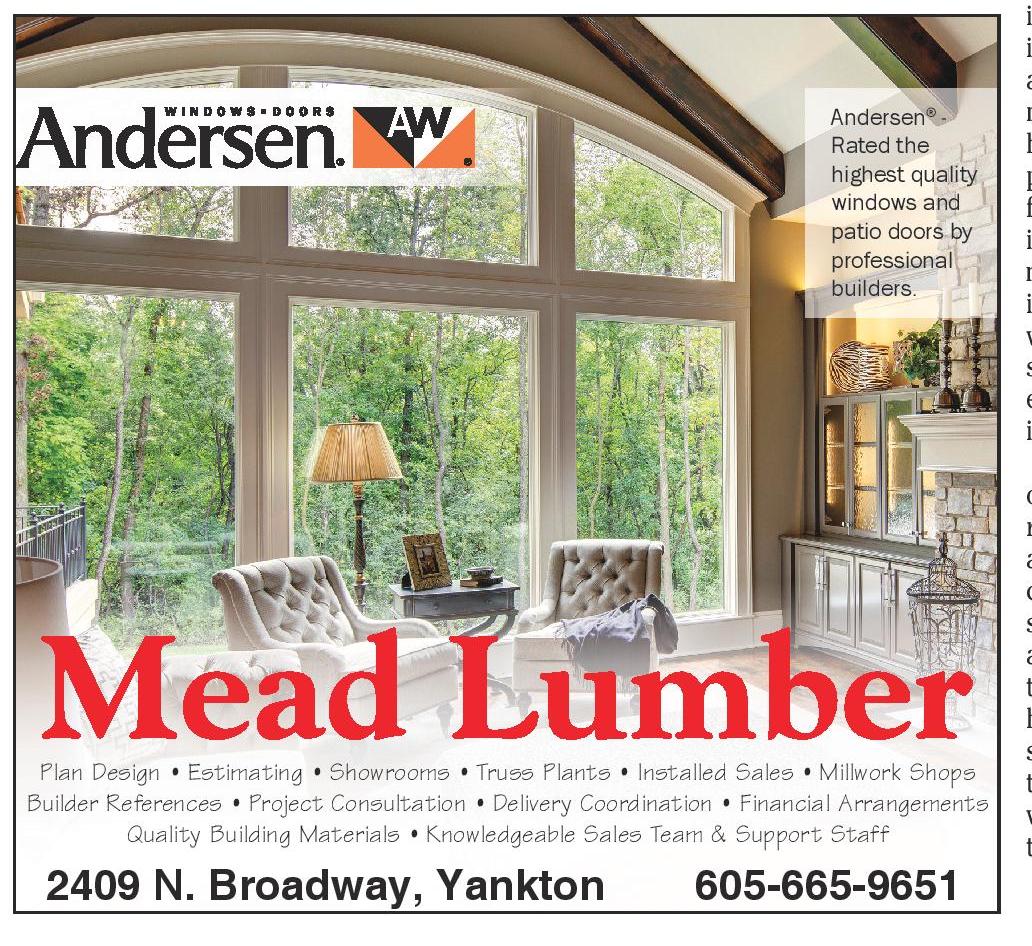

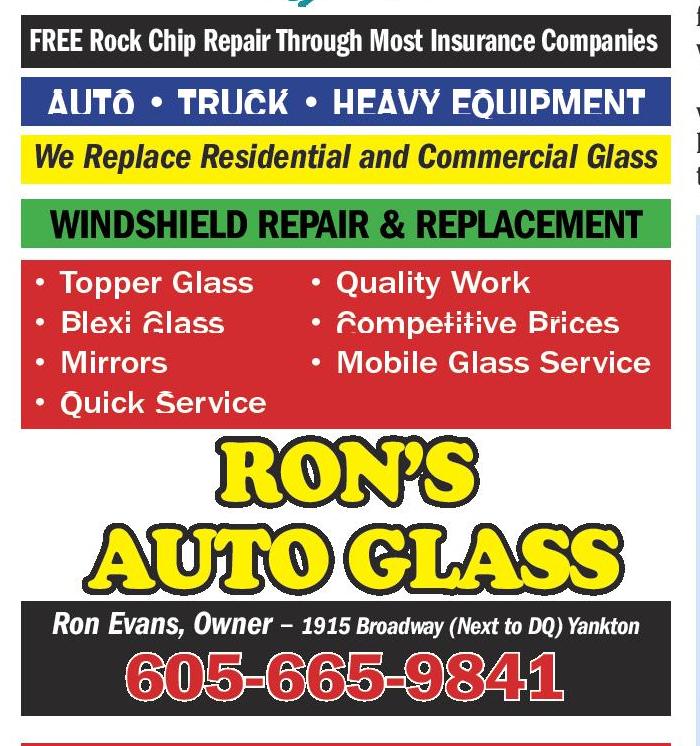
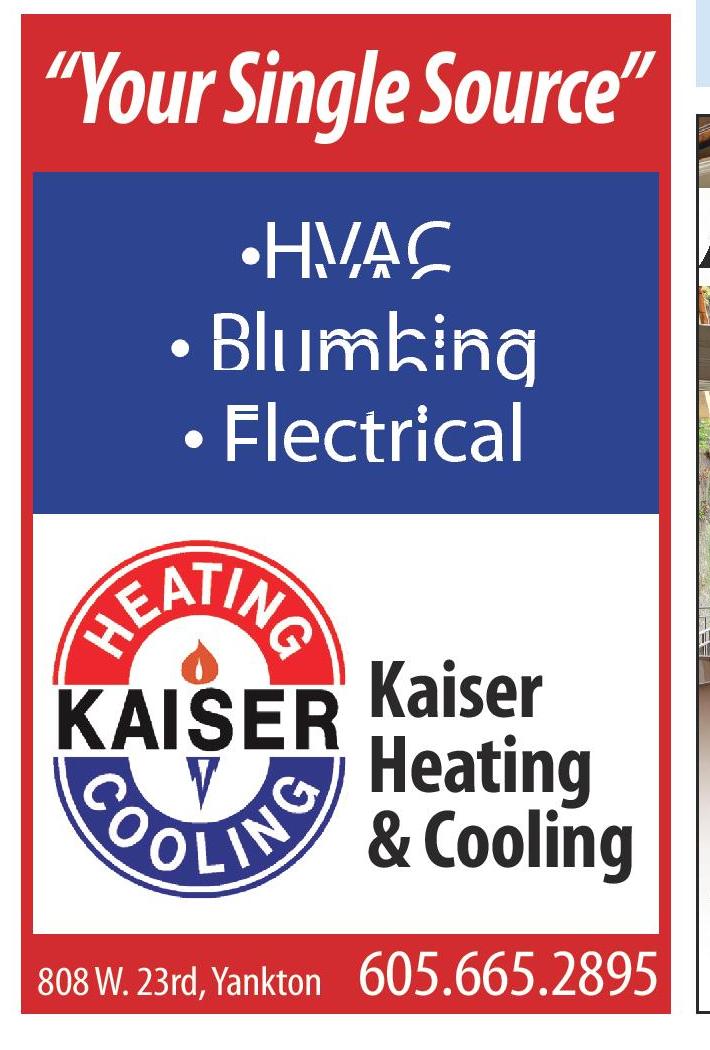

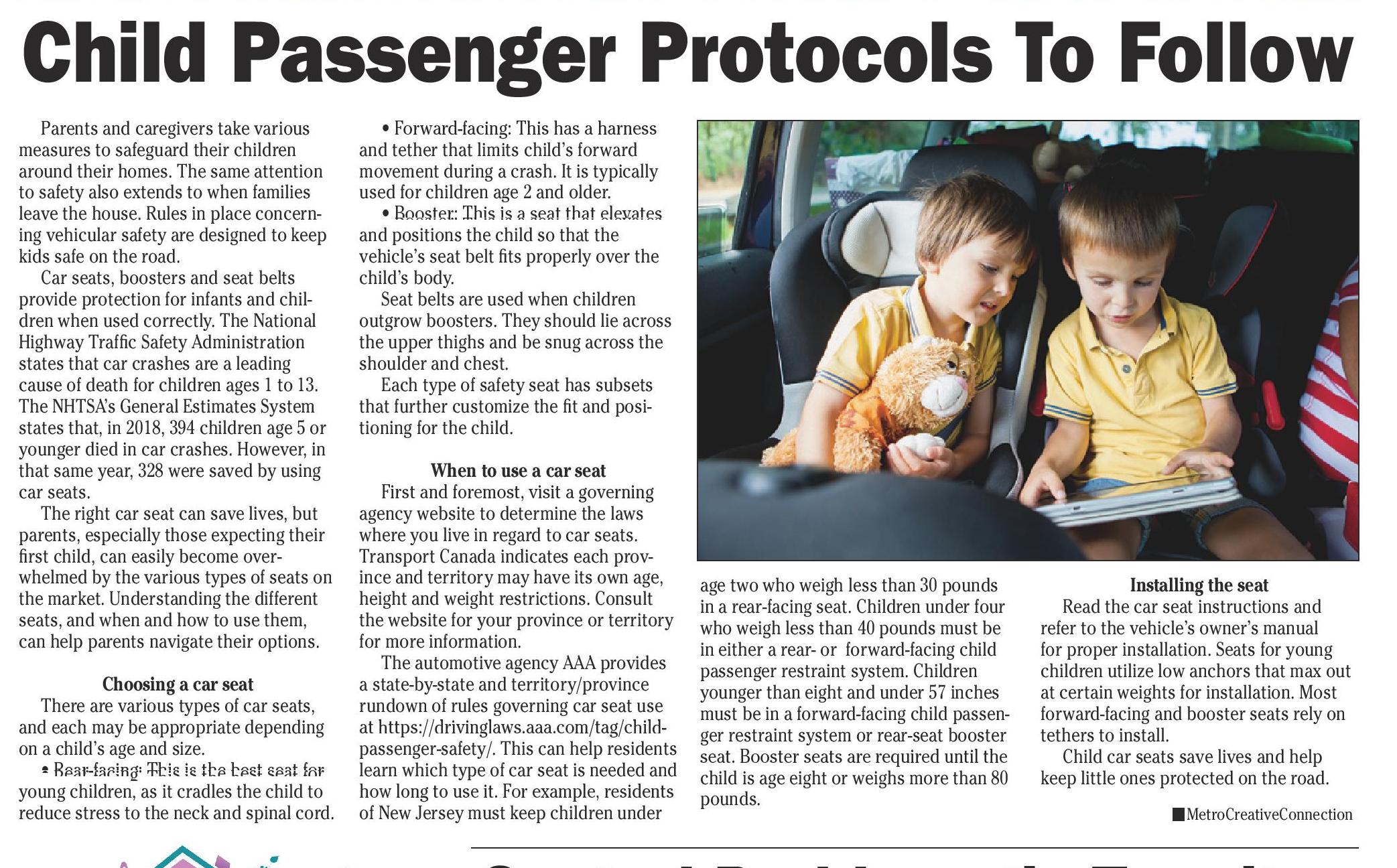

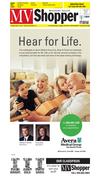
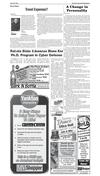
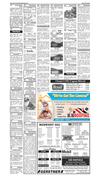
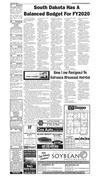
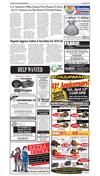
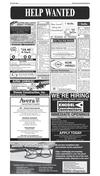
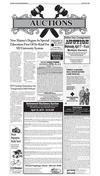
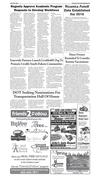
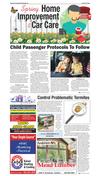
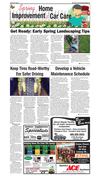
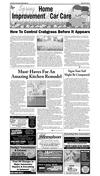
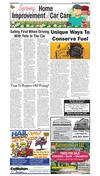
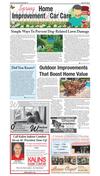
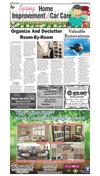
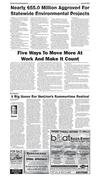
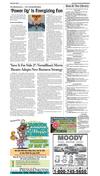
 Previous Page
Previous Page


